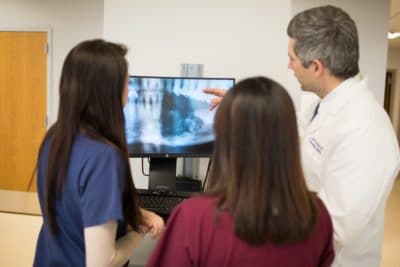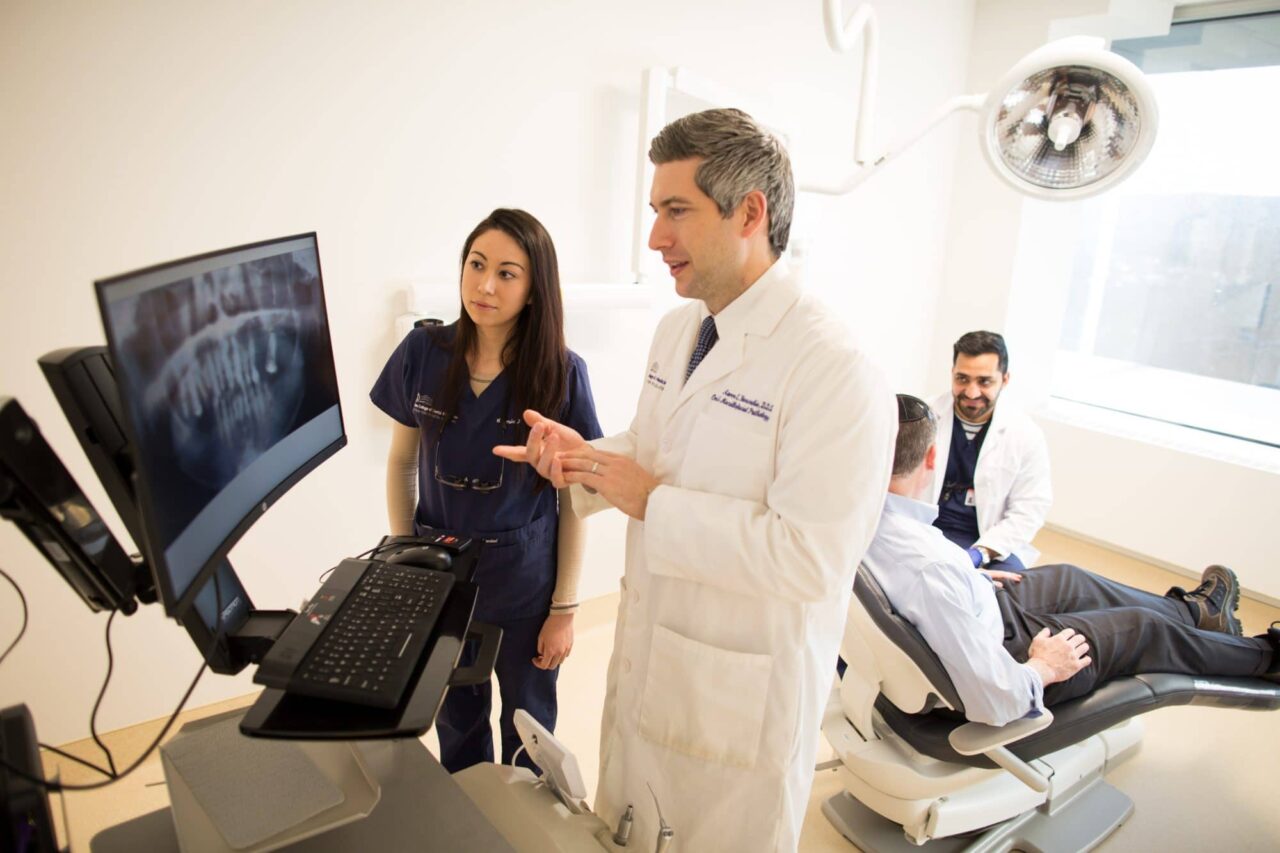Dental schools, especially ones that provide services to the public, spend a lot of effort easing pain. Managing the IT infrastructure for their hundreds of students, instructors and administrators should be equally painless.
Digital technology is fast becoming a key part of diagnosis and treatment planning in dental practices. Recent advances in 3D scanning, modeling and printing technologies save valuable time for dentists and patients, while offering more personalized approaches to dental care.
New York’s Touro College of Dental Medicine (TCDM) is one of the first schools in the nation with a curriculum dedicated to digital dentistry. It additionally provides affordable dental services to the public through its dental clinic with over 160 Linux-based thin clients, with another 200 for the school.
The college’s faculty and students rely on virtualized desktops to view and interact with complex 3D models as they treat patients in the clinic or work in the simulation lab, X-ray rooms or imaging facilities. The IT staff is able to centrally manage, monitor and secure the operation remotely, while maintaining HIPAA compliance.
That’s because the college uses a virtual desktop infrastructure (VDI) powered by NVIDIA Quadro Virtual Data Center Workstation (Quadro vDWS). Due to its limited IT budget and its dentists and students requiring unlimited mobility, TCDM chose Quadro vDWS instead of physical 3D workstations. Graphics acceleration provided by Quadro vDWS provides “workstation-like” performance on low-cost thin clients, from any location.

The setup brings ongoing cost savings, ensures TCDM can manage and secure its environment from a central location, and easily scales to handle the school’s yearly influx of students, faculty and patients.
To design and implement this high-performing, cost-effective IT system, the school turned to Hudson River CIO Advisors, a New York-based IT managed service provider specializing in health tech.
The college has numerous facilities with 3D imaging requirements, including a simulation lab, where students practice 3D modeling and computer-aided design and computer-aided manufacturing; a clinic, where they digitally X-ray and scan patients’ teeth; and a research lab, where they work on models, milling crowns and 3D printing of dentures.
“TCDM has complex IT infrastructure requirements,” said Behan Venter, co-founder at Hudson River CIO Advisors. “Our team needed to engineer a solution that would support faculty, staff and large groups of students all concurrently using popular, graphics-intensive dental applications as well as running the full Microsoft Office suite and streaming instructional videos.”
The NVIDIA VDI system is incredibly easy to use with seamless session migration. Faculty and students can go to TCDM’s clinic to treat patients, or they can work in the simulation lab, X-ray rooms or imaging facilities. No matter where they are, they can work uninterrupted — as soon as they log in, work done at another station displays almost instantly.
“VDI on this scale needs high-availability IT, and it needs to deliver high-performance 3D graphics,” said Venter. “Thanks to the NVIDIA virtual GPU, the environment is fully capable of meeting these requirements.”
Read the case study to learn more.
